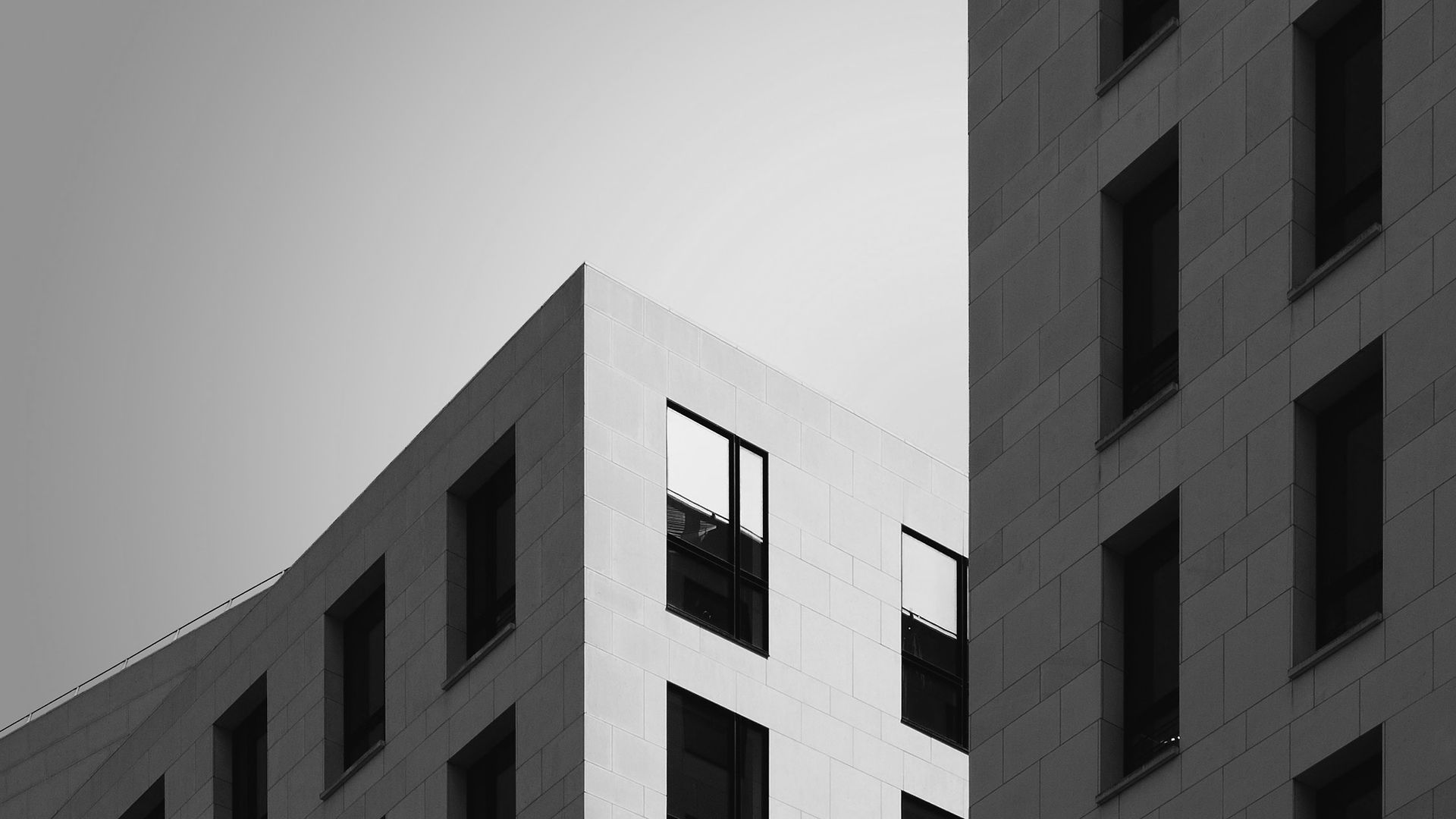In a previous article from Terrats Arquitectura, we mentioned how to excavate a piece of land for the foundation of a detached house and mentioned the differential settlement. Today we will explain in more detail what this invisible enemy is and how to stay out of harm's way as architects when planning and executing our works.

What is differential settlement?
This is the phenomenon that happens when, for various reasons, part of the foundations of a building collapse or settle on the ground unequally to the rest of the building.
Over a variable period of approximately 10 years, most foundations slowly sink into the ground, usually imperceptibly, until they finally settle. This happens because of the extra weight we install on that ground that wasn't there before.
Common causes of differential settlement:
- Bad design or calculation when choosing and dimensioning the type of foundation in relation to the loads it transmits to the ground.
-Not having taken into account the humidity and the water that seeps through the ground, or underground water. For example, in an area where it can rain a lot and the ground is not particularly good at absorbing water, do not place a drainage system that protects the earth that holds the structure from changing its composition by absorbing too much water.
-The geotechnical study is not complete enough and the previous factors are obvious, or it says wrongly the resistance of the ground in a particular area, so it yields to the load so that the differential settlement occurs.
It can also happen due to other external factors, such as, for example, in the event that a deep excavation is carried out for a parking lot on the land adjacent to our building, thus reducing the confinement of our land and therefore its resistance per square centimeter, or by external geological factors, but in these cases it would not be our responsibility, but the responsibility of the architect responsible for not having placed the earth retaining walls correctly.
Dangers and consequences of differential settlement:
The differential settlement is very important to take into account, since it can be catastrophic for our building if we do not plan and execute the work correctly, or if we do not know how to adapt and solve the situation if any unforeseen event occurs during the work, which there are, because, as we mentioned in our last article, no geotechnician is perfect.
In the best case where a differential settlement happens and assuming that
this has already settled, some ugly cracks may appear in the finishes. In a slightly more severe case, cracks can appear in the structure, compromising the safety of the home in some cases. Depending on how severe the differential settlement is, partial or total collapse of the home can occur. So it is something very worrying and serious.
How do you know if the differential settlement has ended or if it can still continue?
If a crack occurs and the cause is diagnosed as differential settlement, it is necessary to ensure that the differential settlement has already occurred. To repair the building, or if, on the contrary, it continues to happen and even if we repair it, a crack will appear again.
This check is carried out using crack gauges at different periods of time, to check that crack growth has ended, indicating that differential settlement has also ended. Traditionally and even today, the most used method is witnesses, consisting of plastering the crack and in case new cracks appear in the plaster, this will indicate that the settlement is still happening.
It should be noted that these checks should only be carried out if the structural elements of the construction are not compromised and there is also no risk to the safety of its users due to the differential settlement, since in the event of realize it too late, we won't have time to do the checks and the house will have to be evacuated.
How to fix differential settlement if it continues to settle?
If the cracks continue to expand, operations will need to be done to correct the differential settlement and to prevent it from reoccurring in the future.
These operations consist of ensuring that the ground does not continue to compact irregularly under our building. To achieve this, there are several solutions, such as reaching the foundation of the house and reinforcing it with micropiles, thus removing load from the land that is being compacted excessively. Even so, we recommend the injection of expansive resins, as this way we will be able to reinforce the foundation and locally prevent the settlement of the land.
To prevent the differential settlement from happening again if it is related to humidity, water and filtration problems, it is necessary to place a drainage or drainage system, as well as ensure a correct evacuation of water from roofs and patios near the corresponding drain, instead of its release on the ground.
Thank you very much for reading and we hope you found the article helpful!


Comments